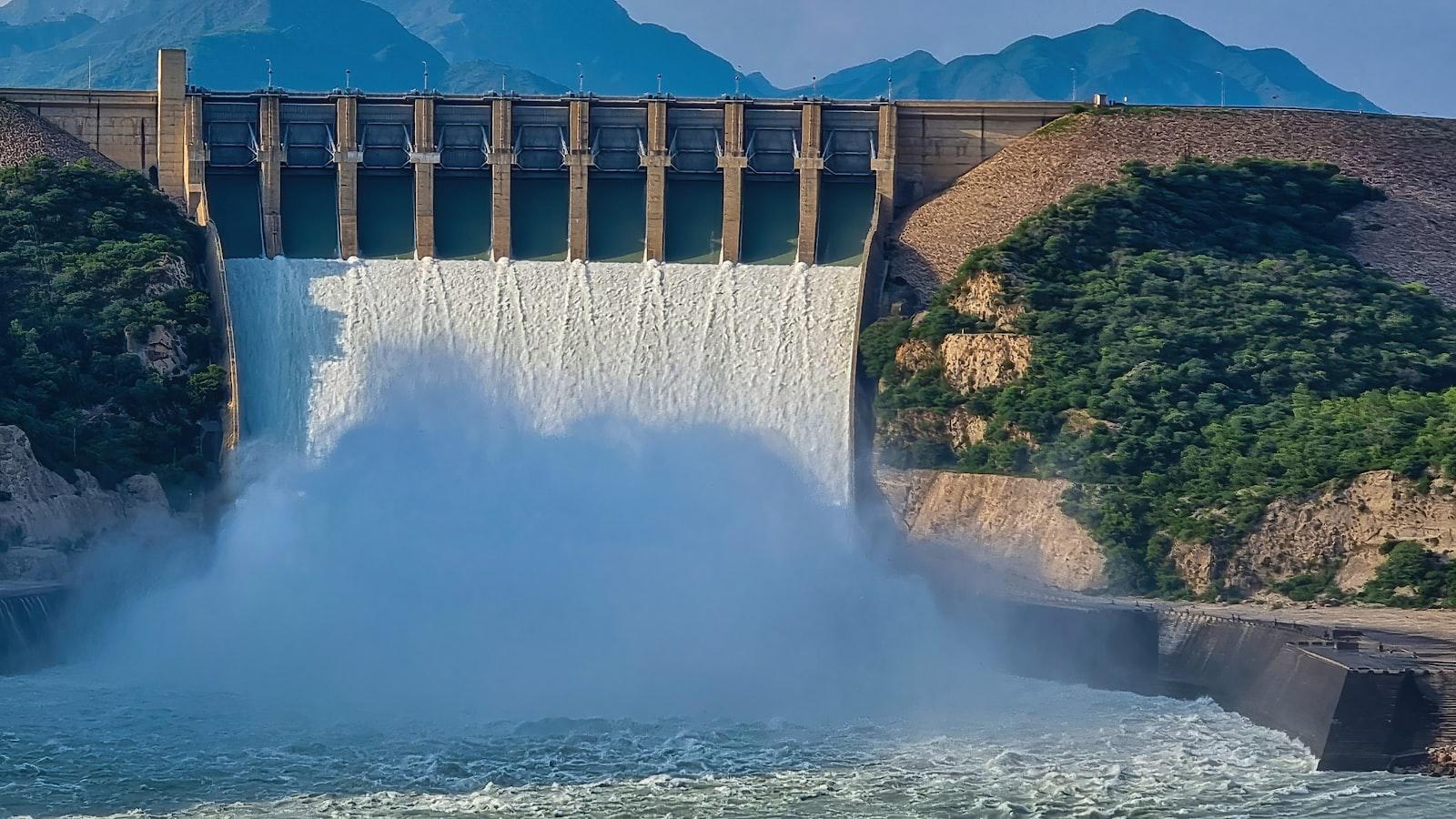– Golf Course Development and Land Use
Golf Course Development and Land Use
Golf courses can have a significant impact on the local environment and surrounding land use. The development of a golf course can often require large land areas, which can lead to deforestation and habitat displacement. In addition, the maintenance of golf courses requires a significant amount of water and fertilizer, which can impact water quality and contribute to nutrient runoff. Below is a table outlining some of the potential environmental impacts of golf course development.
| Environmental Aspect | Potential Impact |
|---|---|
| Land Use | Deforestation, Habitat Displacement, Altered Drainage Patterns |
| Water Quality | Runoff from Pesticides and Herbicides, Leaching of Nutrients |
| Air Quality | Emissions from Power Equipment and Vehicle Traffic |
| Energy Consumption | Irrigation Systems, Lighting, Maintenance Equipment |
| Biodiversity | Loss of Wildlife Habitat and Plant Species, Increased Weed Species |
Furthermore, golf courses can also impact the surrounding land use. The presence of a golf course can lead to increased real estate development and tourism, which can in turn lead to increased traffic and pollution. In addition, the construction and maintenance of golf courses can require a significant amount of energy and resources, which can contribute to greenhouse gas emissions.
To mitigate the negative environmental impacts of golf course development, it is important to consider the following measures:
- Promote sustainable land use practices by protecting existing forests and natural habitats, minimizing deforestation, and implementing erosion control measures.
- Encourage the use of native plants and low-maintenance landscaping to reduce the need for water, fertilizer, and pesticides.
- Invest in renewable energy sources and energy-efficient technologies to reduce greenhouse gas emissions and conserve energy.
- Promote water conservation by using drought-tolerant plants, implementing rainwater harvesting systems, and reducing the use of irrigation.
- Educate the public about the environmental impacts of golf courses and encourage them to support sustainable golf practices.
– Water Consumption and Conservation Strategies
## Water Consumption and Conservation Strategies
Golf courses are often criticized for their excessive water consumption, but they can also be a force for good in terms of environmental sustainability. By implementing water conservation strategies, golf courses can reduce their water usage and help preserve this precious resource.
Some of the water conservation strategies that golf courses can implement include:
- Using native plants in landscaping
- Reducing the size of irrigated areas
- Replacing turfgrass with drought-tolerant species
- Installing weather-based irrigation systems
- Training staff on water conservation practices
- Collecting and reusing water
- Educating golfers about water conservation.
By implementing these strategies, golf courses can reduce their water consumption by up to 50%.
In addition to conserving water, golf courses can also play a role in protecting water quality. By using fertilizers and pesticides judiciously and by implementing erosion control measures, golf courses can help to prevent pollution of nearby water bodies.
Here are some examples of golf courses that have successfully implemented water conservation strategies:
| Golf Course | Location | Water Conservation Measures |
|---|---|---|
| Bandon Dunes Golf Resort | Oregon | Uses native plants in landscaping, reduces the size of irrigated areas, and replaces turfgrass with drought-tolerant species. |
| St. Andrews Links | Scotland | Uses weather-based irrigation systems, trains staff on water conservation practices, and collects and reuses water. |
| Pebble Beach Golf Links | California | Has implemented a comprehensive water conservation plan that includes using native plants, reducing the size of irrigated areas, and installing weather-based irrigation systems. |
These are just a few examples of the many golf courses around the world that are working to conserve water and protect the environment. By implementing water conservation strategies, golf courses can help to ensure that this precious resource is available for future generations.
– Chemical Use and Environmental Impact
## Chemical Use and Environmental Impact
Golf courses rely heavily on pesticides and fertilizers to maintain their lush, green fairways and greens. While these chemicals can be effective in controlling pests and disease, they can also have a negative impact on the environment.
Chemical fertilizers can runoff into nearby waterways, leading to algal blooms and fish kills. They can also contribute to soil pollution and groundwater contamination. Pesticides can kill beneficial insects and wildlife, and they can be toxic to humans if ingested or inhaled.
Integrated Pest Management (IPM) provides a way to reduce pesticide use without sacrificing pest control. IPM uses a combination of methods, including biological control, cultural practices, and targeted pesticide applications, to manage pests in a way that minimizes environmental impact.
| Chemical | Environmental Impact |
|---|---|
| Fertilizers | Nutrient runoff into waterways, soil pollution, groundwater contamination |
| Pesticides | Toxicity to wildlife, beneficial insects, and humans; water contamination |
Golf courses can also reduce their environmental impact by using native plants in their landscaping. Native plants are adapted to the local climate and soil conditions, so they require less water and fewer pesticides than non-native plants. Native plants also provide food and habitat for wildlife.
By adopting these practices, golf courses can reduce their chemical use and minimize their environmental impact. This is important for both the environment and for the future of golf.
– Wildlife Habitat and Ecological Management
Wildlife Habitat and Ecological Management
Golf courses can provide a unique habitat for wildlife. The variety of habitats found on a golf course, including fairways, roughs, greens, and water features, provides food and shelter for a wide range of animals. Natural areas, such as woodlands, wetlands, and meadows, can also provide important habitat for wildlife and drainage basin buffer zones. Providing and maintaining habitat for local native plant species, adapted plant species, and beneficial insects is important for sustaining wildlife.
Insects are an important part of the food chain for many animals. Golf courses can provide habitat for a variety of insects, including bees, butterflies, and beetles. By providing a variety of flowering plants, golf courses can help to support insect populations. Golf course landscaping can also be designed to create specific habitats for wildlife. For example, native trees and shrubs can be planted to attract birds, while wetlands can be created to provide habitat for amphibians and reptiles. Selecting and planting native species is critical to minimizing stormwater runoff and providing food and shelter for wildlife. Windbreaks can also provide protection for wildlife by blocking wind and snow.
Golf courses can also be managed to minimize their impact on wildlife. For example, using integrated pest management (IPM) techniques can help to reduce the use of pesticides. IPM is a holistic approach to managing pests that emphasizes the use of non-chemical methods, such as biological control and habitat management. By reducing the use of pesticides, golf courses can help to protect wildlife and improve water quality.
– Sustainability Certification and Best Practices
Sustainability Certification and Best Practices
Golf courses can attain sustainability certification by adhering to various best practices. These practices encompass a wide range of environmental considerations, including water conservation, energy efficiency, and waste management. By implementing these measures, golf courses can minimize their environmental impact and promote biodiversity. Notable sustainability certifications include the Golf Environmental Organization’s GEO Certified® program and the Audubon International’s Audubon Cooperative Sanctuary Program.
Water Conservation
Water conservation is a crucial aspect of golf course sustainability. Practices such as reducing irrigation frequency, utilizing drought-tolerant turfgrass, and employing water-efficient irrigation systems can significantly reduce water consumption. Furthermore, utilizing reclaimed water sources, such as rainwater harvesting and wastewater treatment, can further minimize the reliance on freshwater sources.
Energy Efficiency
Energy efficiency measures aim to reduce golf course electricity consumption. These measures include the use of energy-efficient appliances, lighting fixtures, and cooling systems. Additionally, installing solar panels can harness renewable energy and reduce the golf course’s carbon footprint.
Waste Management
Waste management practices focus on reducing, reusing, and recycling waste generated by golf courses. Implementing composting programs can divert organic waste from landfills, while recycling programs can effectively reduce the amount of plastic, paper, and other recyclable materials in the waste stream. Moreover, proper disposal and recycling of chemical waste, such as pesticides and fertilizers, is essential for minimizing environmental contamination.
| Best Practices | Benefits |
|---|---|
| Implement water conservation measures | Reduce water consumption and preserve water resources |
| Utilize energy-efficient technologies | Decrease electricity usage and carbon emissions |
| Implement comprehensive waste management programs | Reduce landfill waste and promote recycling |
| Promote habitat enhancement and biodiversity | Support native plant species and wildlife |
| Engage in community outreach and education | Raise awareness and encourage sustainable practices |
In conclusion, the impact of golf courses on environmental sustainability is a complex and multifaceted issue. While golf courses can provide recreational opportunities and economic benefits, their environmental footprint is significant and deserves careful consideration. As the world becomes increasingly aware of the importance of sustainable practices, golf course designers, operators, and golfers themselves must take steps to minimize their environmental impact. By adopting sustainable practices, golf courses can continue to be a source of enjoyment and revenue while also protecting the environment for future generations.





